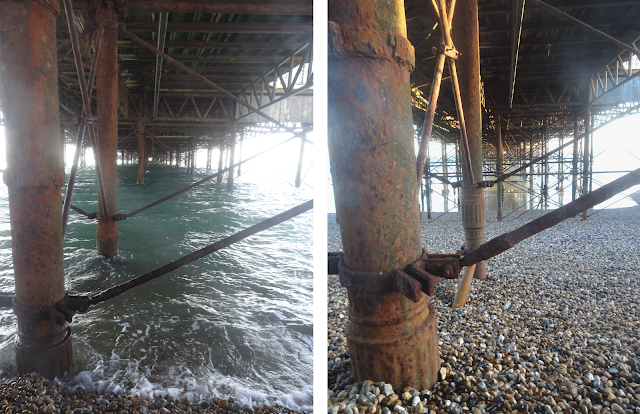Brighton’s Seafront Office is the hub of activity and safety along the city’s shoreline, based at 141 King’s Road Arches on the lower promenade. From this base, the Council’s team oversees maintenance of the seafront, the running of lifeguard services, first aid posts, bookings for beach huts and boat lockers, as well as enforcement of bylaws across the Brighton Beach stretch of coast and as far east as Saltdean. The office also deals with lost property, provides safety advice, and coordinates outdoor events, filming, and ceremonies at the Bandstand.
The role of the office has always been wide-ranging, but recent months have brought significant changes. This summer the RNLI launched its first ever beach lifeguarding service in Brighton and Hove, taking over from the council’s own operation. (See RNLI to take over beach safety). Ten RNLI units now cover beaches between Hove Lagoon and Saltdean, providing a daily service from May to September. The RNLI describes its crews as highly trained and it emphasises the strong partnership with the Seafront Office - ensuring quick responses to emergencies on both land and sea.
The arches that house the Seafront Office itself are also undergoing a major transformation. In July the council secured £21 million from the Department for Transport to support the next phases of the seafront arches restoration - see More support for King’s arches. This funding will help rebuild the section around King’s Road playground and Shelter Hall, including the arches that contain the office and the lifeguard store. The refurbished structures are being designed with concrete cores, improved ventilation, and energy-efficient heating, but will retain their traditional brickwork frontage.
At the same time, the area around the i360 is being reshaped. Work on the surrounding arches and public spaces is nearly complete, bringing new shops and food outlets into use. Together with the continuing restoration of the arches and the arrival of the RNLI lifeguards, these developments highlight the central role played by the Seafront Office, balancing heritage, safety, and the daily life of a busy seaside city.
The Seafront Office also maintains a regular presence on social media with posts on Instagram and Facebook. Here’s a cute little video that takes you inside the office for a tide time booklet: ‘Planning a trip to the beach? Or a dip in the sea? Our tide time booklets help you stay safe and make the most of your visit! Learn how to read tide tables to avoid getting caught out by rising water. Pick up your copy from the Seafront Office.’








.jpeg)



